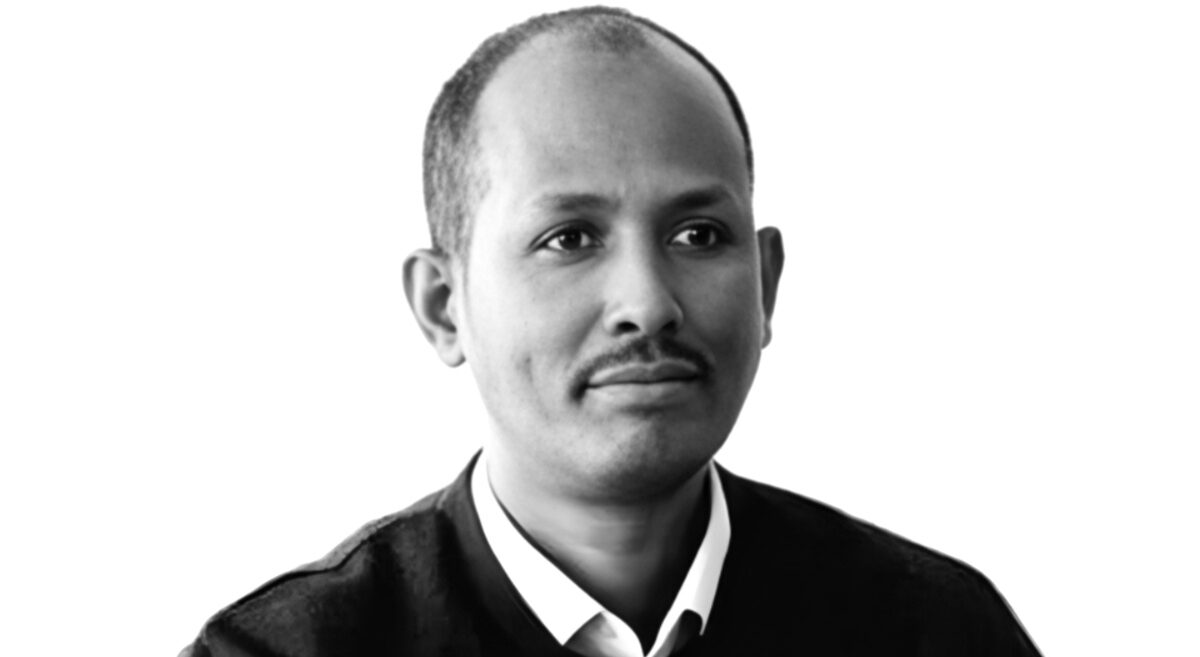Ethiopia’s HDI:Improving, yet among the worst performers
Ethiopia’s HDI shows an impressing progress, but only when it is compared to its own figures of the past
Bisrat Teshome, Special to Addis Standard, (@Bisree)
For many years economists around the world have differed over what exactly constitutes good measures of human wellbeing and development. Owing to that the closest measurement agreed by many was the use of Per Capita Income (PCI) as the main tool for evaluating human wellbeing based on national incomes. PCI is defined as a measure of the amount of money that is being earned per person in a certain area. It can also be defined as an average earning per person in a given country and is calculated by dividing the total income of the country by the number of its people.
However, using PCI was soon considered as missing a clear picture of the quality of life that people live in a given country. The winning argument against the use of PCI was the fact that an average income can potentially be skewed towards those earning more. For example, if 10 people earn $10,000 per year and 90 people earn $100 per year, then the PCI becomes $1,090, which is highly skewed towards the 10 people earning more than the 90 people earning just $100, making it hard to say that the 100 people under consideration earn an average $1,090 per year. To avoid this confusion, the Pakistani economist Mahbub ul Haq in 1990 devised a new measure called Human Development Index (HDI) that focuses more on human development than on national aggregate income. But it was the Nobel Prize winner Amartya Sen that further conceptualized HDI and laid down the basic frameworks. Today HDI is considered to be a better measurement of human wellbeing than PCI, although it has its own shortcomings such as its avoidance of ecological considerations.
HDI combines three basic pillars to come up with a single meaningful index that tells a lot about quality of life in a given country: a long and healthy life, access to knowledge and a decent standard of living.
In mid-March, the United Nations Development Program (UNDP) has released the 2012 Human Development Report which presents the HDI values of 187 countries under the title “The Rise of the South: Human Progress in a Diverse World”. According to this report, Ethiopia’s HDI value for 2012 is 0.396 which is in the low human development category, positioning the country at 173 out of 187 countries surveyed.
Ethiopia’s HDI value has remarkably increased from 0.275 in 2000 to 0.396 in 2012, “an increase of 44 % or average annual increase of about 3.1%,” according to the UNDP, (see table). Other countries like Angola, Mauritius, Rwanda, Sera Leone and Uganda are also members of the top performing group in Africa.
This is a notable increase and shows the country’s painstaking effort to reform, for example, its heath sector and increase its clinics and health posts by hundreds from a handful only 20 years ago. Expected years of schooling have also increased from 2.4 years in 1980 to 8.7 years in 2012 showing the effects of school project expansions that have quadrupled over the last 20 years . In addition, Gross National Income (GNI) per capita has almost doubled during the period under consideration.

Good only compared to its past
However, the average HDI for low human development countries stands at 0.466, well above that of Ethiopia’s at 0.396. The Sub-Saharan Africa average HDI which is 0.475 is also above Ethiopia’s. This shows that Ethiopia is not well positioned even among the worst performers including the Sub-Saharan African countries. Countries that are close to Ethiopia in the 2012 HDI rank and population size are Rwanda and Uganda which have ranked 167 and 161 respectively.
A comparison with other countries at similar level in many other indexes reveals that Ethiopia’s improving HDI stands at a worrisome trajectory and is good only when it is compared to its own figures in the past. That is no reason to celebrate.







